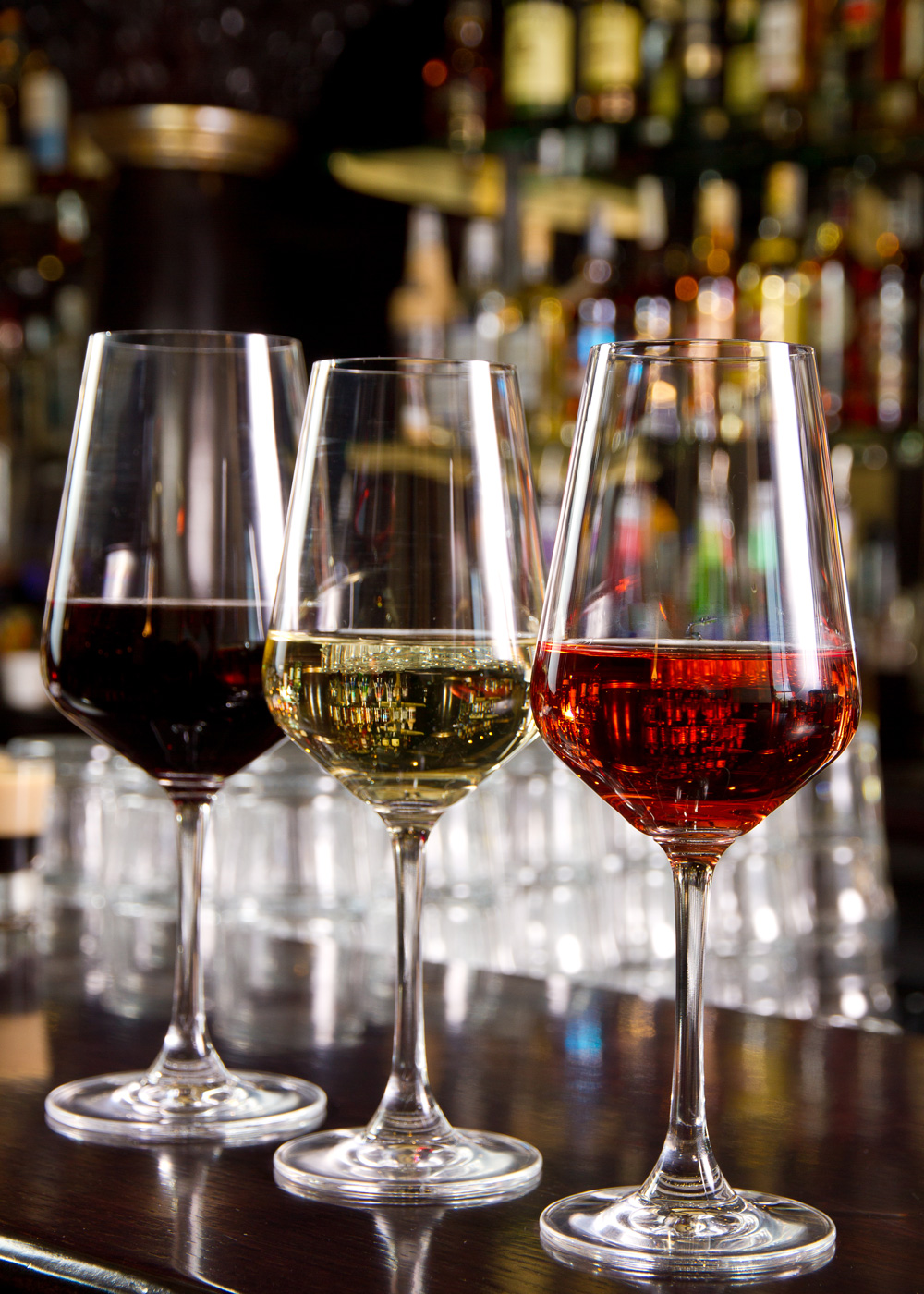Ordering wine at a bar is different than at a table. The pace and atmosphere are different at the bar than on the floor, and the wines available may even be different. Here are five tips that will improve your experience.

1. Ask for the wine list and get a sense of what’s available.
If they don’t have a wine list, then they might not be a place that emphasizes wine and you’ll be better off ordering a beer. Never sit down and tell the bartender to give you something without knowing what’s on the list. “Hey, I’ll have the Cab” could be an embarrassing statement if it turns out they don’t have Cabernet, or they have five Cabernets.
2. Take a look around the bar to get a sense of how much wine they sell.
If it seems slow, and they have many open bottles, there’s a greater chance of getting wine that’s been open too long. If you’re concerned about stale wine, consider ordering a bottle instead of a glass. That way, you’ll know for sure that it’s fresh. Also, wine tends to be less expensive per ounce by the bottle, and many states have laws allowing you to take the bottle home if it’s partially full.

3. When the wine arrives, taste it.
Some bartenders will pour a sample for you to evaluate. If they do so, taste it carefully but quickly, being mindful of the bartender’s time. Even if the bartender simply sets a glass in front of you and walks away, you should still take a moment to taste the wine for flaws, such as a bad cork or stale bottle. If something isn’t to your taste, say something. You’re paying for the glass and deserve a fresh, clean wine.
4. If you don’t know much about wine, feel free to ask for a recommendation.
You can tell the bartender which kinds of wines you like and what you want to spend. Try to resist the temptation to sample every wine. If you are a wine expert, be mindful that you might embarrass the bartender with questions that are too technical or difficult. Bartenders are usually well versed but should not be expected to have an encyclopedic knowledge of terroir and viticulture, for example.

5. Take advantage of this opportunity to try something you haven’t had before.
Why drink something you’ve already had at a restaurant markup when you have it in your own cellar? Also, if you are interested in the “house wine,” taste it first. House wine is often marked up more than the other options – it still might be a good wine, but you should be sure that it’s to your taste before committing.



